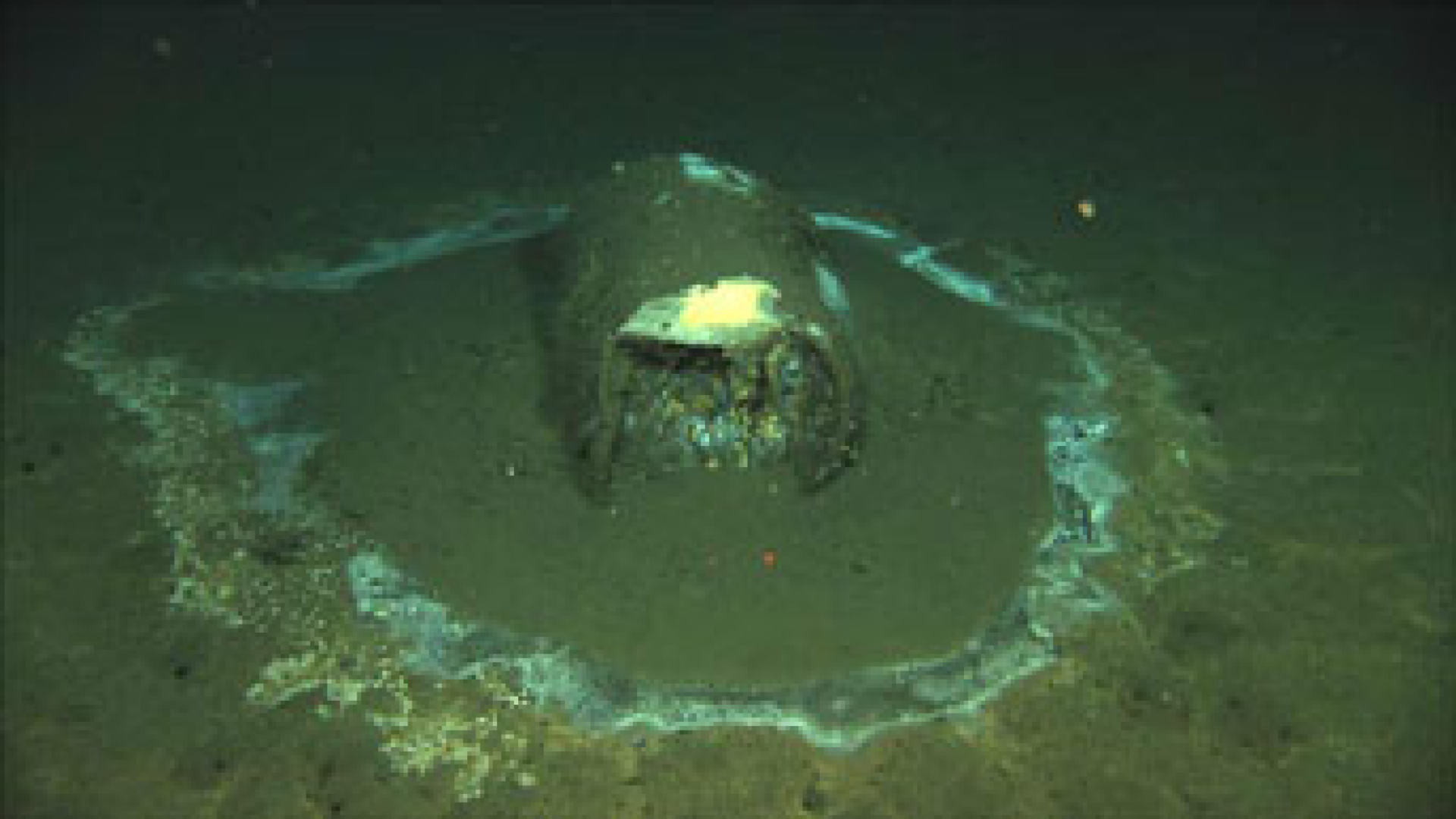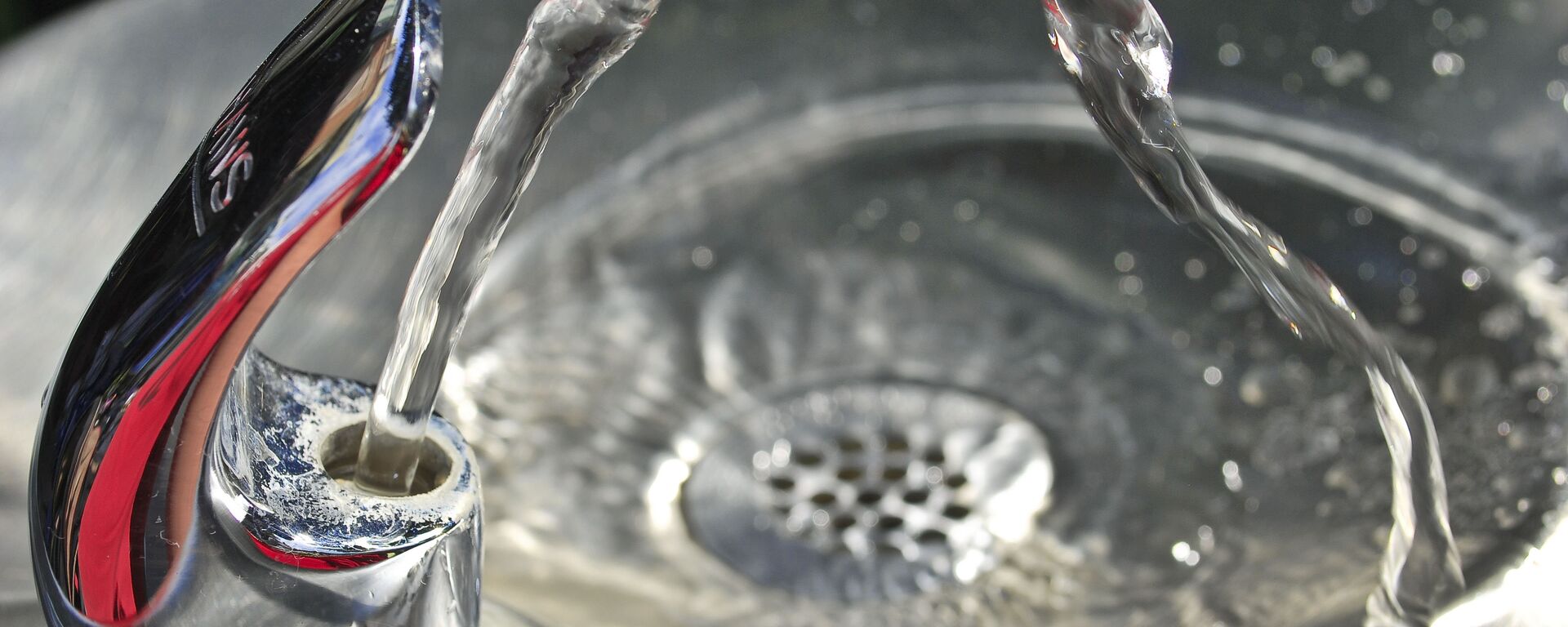EPA Probe Finds DDT Dumped Off California Coast Was Only Measured in Barrels, Not Contained In Them
Subscribe
After it was found to be poisoning humans and wildlife alike, in particular rapidly killing off birds, the pesticide Dichlorodiphenyltrichloroethane (DDT) was banned by the US Environmental Protection Agency (EPA) in 1972. Since then, endangered species like the bald eagle have flourished, but the leftover chemicals produced massive waste.
A recently released internal memo from the EPA reveals that the dumping grounds off southern California’s Catalina Island is both far larger and in far worse shape than previously believed.
“EPA’s initial research found that acid waste from the Montrose Torrance plant was transported by tanker trucks, transferred into barges, and disposed of in bulk directly into ocean waters by California Salvage,” says the memo, dated in April 2022. “Our research did not find any evidence in the records reviewed (as described above) of Montrose using California Salvage to dump barrels of acid waste in the ocean.” (emphasis in original)
According to the memo, previous depositions given by senior officials at the Montrose Chemical Corporation in Torrance, California, the nation’s largest producer of DDT, had indicated the volume of waste disposed of in barrels. However, it seems that barrels only referred to the volume of waste disposed of, not to the containers in which the waste had been placed.
“No evidence that California Salvage dumped barrels of Montrose’s waste was found” in the depositions or other documents, the memo stated, noting that one of the deponents “was specifically asked if the acid waste was hauled off in barrels by California Salvage, and he responded ‘no.’”
That raises another question: what exactly is in the barrels already found at the bottom of the Pacific off Catalina Island?
Some 14 different sites off of California’s channel islands were authorized for waste disposal for almost 40 years, from the 1930s until the 1970s, the EPA website says. “Waste disposed included: refinery wastes, filter cakes and oil drilling wastes, chemical wastes, refuse and garbage, military explosives and radioactive wastes. Very little is known about the history of this deep-ocean disposal, the nature of the wastes, or waste sources.”
According to the Los Angeles Times, millions of tons worth of oil drilling waste has been dumped there, and some half a million barrels of DDT remain unaccounted for in the deep sea.
“That’s pretty jaw-dropping in terms of the volumes and quantities of various contaminants that were dispersed in the ocean,” John Chesnutt, a Superfund section manager and leader of the EPA’s technical team on the investigation, told the paper. “This also begs the question: So what’s in the barrels? … There’s still so much we don’t know.”
DDT was invented in 1874 but its insecticide properties were not discovered until 1939 by Swiss chemist Paul Hermann Müller, who later received a Nobel Prize for it. The chemical was widely dispersed aerially in subsequent years as part of a global effort to eradicate lice-spread typhus and mosquito-borne diseases like malaria and dengue. In many areas, the effort succeeded and malaria is no longer endemic in the US, the Balkans, Taiwan, most South Pacific islands, or the countries of the former Soviet Union. However, the damage it caused to other insects, as well as to wildlife, became more recognized, and it was banned in 1972.
DDT is extremely resilient, being almost totally insoluble in water, so it can persist in the environment for decades after spraying has ended.


